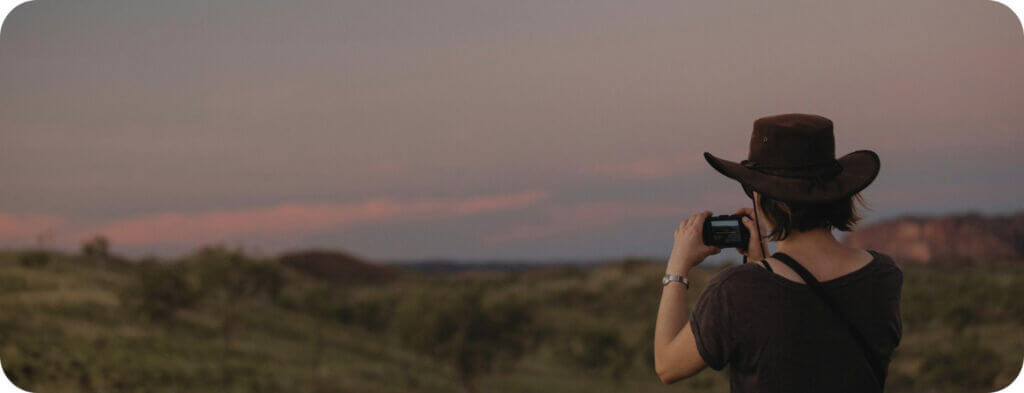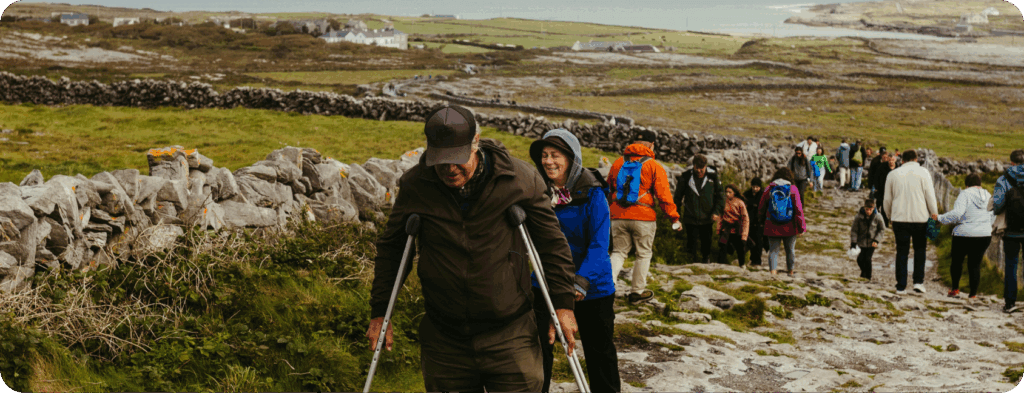
Big destinations often build buzz without even trying. They have built-in marketing potential, whether that’s beautiful beaches (hello, Miami), incredible city life (looking at you, New York), or effortless cool (oh, Paris). For well-known destinations, one viral video or news story can cause ripple effects that influence traveler sentiment for months to come.
But what about the little guy? The small DMO with a tighter budget and less secure funding? The local or regional gem that would steal the heart of any traveler if it got more press?
According to a recent report from Destination Analysts, the average size of a DMO pre-COVID-19 was:
-
35 full-time employees at State Tourism Offices
-
27 full-time employees at Canadians DMOs
-
56 full-time employees at U.S. DMOs
This means the average small DMO might have a marketing team of a handful of people, an art department of two or three. In a smaller DMO, everyone wears a ton of hats, rolls up their sleeves, and gets things done. These teams may be small, but their impact on their community and its economic recovery is mighty.
We want to highlight how small DMOs are leading the way in destination marketing today. Here are a few success stories of innovative small DMOs doing the most.
Unique challenges these DMOs face
Smaller DMOs come with a unique set of challenges that bigger destinations don’t have to deal with, like:
-
Smaller size of staff (and budget)
-
Need to create more top-of-funnel and educational content about their destination
-
Different attractions, interests, and things to do than other destinations
-
More reliant on attracting local tourists and day-trippers, versus big international spenders, which seriously impacts your marketing funnel
Let’s dive into what each one means for small DMOs on a day-to-day level (and when it comes to their marketing).
Innovation 1. Employing staff who are nimble
Many small DMOs simply don’t have the boots on the ground that their counterparts have. Visit Billings in Montana, for example, has a staff of four and an operating budget of just $2 million. Or take Visit Columbia County in Florida, a TDC with a small staff of four — a director, two marketers, and an office manager.
These orgs have unique issues that a DMO with a marketing team of 20 simply wouldn’t have to deal with. For a Marketing Manager at a small DMO, they need to rely heavily on strategic partnerships, agency help, and robust tools for the channels that really move the needle, whether that’s UGC to power their social media presence or smart, agile analytics dashboards.
It always helps to have more people on the ground, especially in destination marketing where events and conferences are our bread and butter (at least in the before times). But for small DMOs, tiny teams need to touch the traveler journey from end-to-end.
Small DMOs successfully employ generalists who can flex into all sorts of responsibilities, almost like a nimble startup. While it’s harder to specialize at these small organizations, it’s a fantastic way for newly minted tourism industry professionals to dive in and discover their strengths.
Innovation 2. Creating clever informational content
Small DMOs don’t have the luxury of immediate brand recall or people seeing their ads plastered on the subway on the commute to work each day. Smaller destinations might instead rely on organic social media, email newsletters, and strategic partnerships to build relationships in their community.
Educating people about your destination and what makes it special is always fun — whether you’re writing an ebook, making a travel vlog, or publishing an informational blog post. But in order to stand out, your destination needs to make educational content targeted at just the right folks.
For example, Visit Staunton (Virginia) crafted a clever “Spring Bucket List” in Staunton to plaster all over social media, featuring user-generated content and images of real people hitting the attractions on their bucket list. They then used this content on retargeting ads, Instagram Stories, and more.
Innovation 3. Creating unique experiences
For a smaller DMO, your list of things to do in your town or city will be significantly different than the Londons or Los Angeles of the world. Sometimes, a DMO will need to create unique experiences to appeal to different travelers, especially if you’re promoting a small town without obvious attractions.
Take the West Virginia Tourism Office, who built a live fall foliage map with CrowdRiff’s API for their fall 2019 season. Users can navigate the map to discover where foliage is at its peak, and drive or go to those places to the leaves in their full glory.
It’s a genius way to take a natural “attraction” and turn it into something your destination is known for.
Innovation 4. Teaming up with neighboring small DMOs
Everyone in destination marketing knows: international travelers tend to have a higher per-trip spend. And these kinds of travelers typically opt to visit destinations close to an international airport. For the mom and pop DMO, snagging that traveler spend simply isn’t possible.
However, these types of campaigns do have the hometown advantage. Nearby destinations and day trip-distant DMOs can partner up to create promotional content that ties their destinations together.
So much is possible when you head just a little beyond home. Look at the Arizona Office of Tourism. With just a small staff of 23, they launched a 2020 road trip campaign urging in-state travelers to rediscover Arizona’s attractions, towns, and natural beauty.
You can attract tourists from the next town over by crafting a narrative about local travel.
Wrapping up
Despite these challenges (and more), smaller DMOs continue to innovate and show visitors the beauty and fun of their destination — whether they’re leading the way with scrappy social media campaigns or collaborating with partners to create immersive travel experiences.
Want more inspo from destination underdogs? Download our ebook to discover more innovative, unique campaigns from small DMOs.











